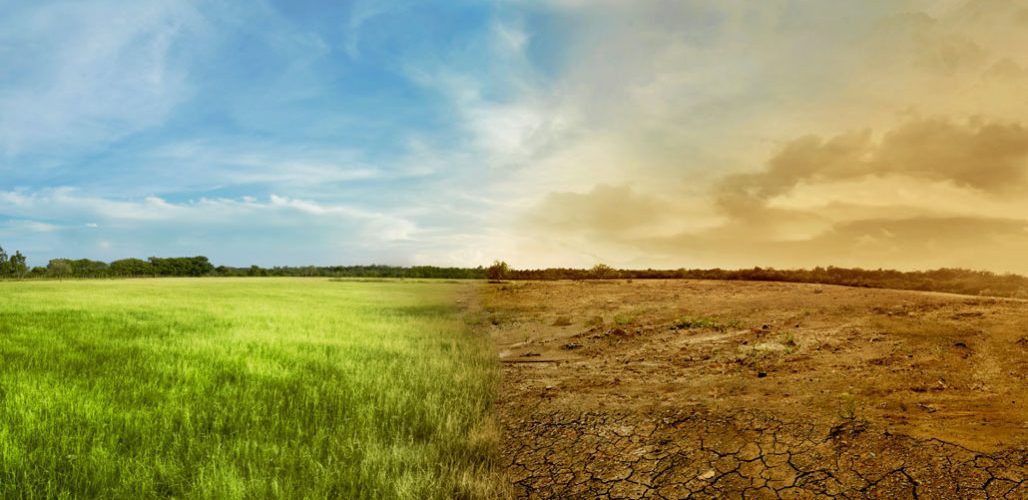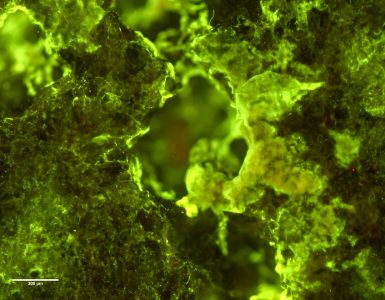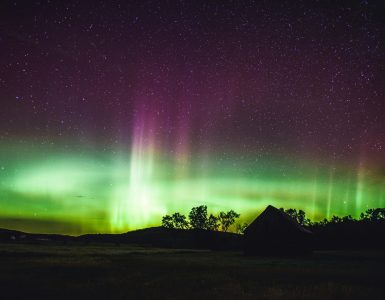by T.G.
A Bleak Future
Desolate. Seemingly abandoned. Appearing on the surface to be barren and lifeless. Imagine a world where a catastrophic event – likely humankind itself – has rid the planet of the tallest trees, the thickest mangroves, the most luscious rainforests. Richly abundant orchards and seemingly endless crop fields are long since a remnant of the past, no longer needed to support an evidently dwindling population. A sparse few patches of trees remain, the last of the architects of the very breath of life all creatures need to survive.
But survive they do. Perhaps…they could even thrive. What if there was a counter balance to this devastation? What if there was a way for humans to engineer a world that could keep up with their own destruction?
A Snowball Effect
With destruction of the largest rainforests already standing at a rate of over 85,000 acres a day, it’s not hard to imagine a desert world. Scientists propose that the Amazon rainforest alone will have declined by more than 25% by 2030, and could potentially disappear altogether within the next hundred years. With it will go the largest producers of oxygen, leaving humankind scrambling to somehow make up for the loss of one of the most basic requirements for life.
The largest contributor to deforestation in the Amazon is land clearing for livestock use. Approximately 80% of deforestation is due to cattle farming, as ranchers expand to take advantage of a favorable meat market. The rest is largely attributed to agricultural use, especially soybeans that are mostly for livestock feed. The clearing and burning of trees, cattle farming, and agricultural activities have also contributed to greenhouse gases, releasing carbon dioxide into the air as well as reducing the amount of carbon dioxide that can be held by the forest.
The effect snowballs; as land is cleared and the amount of carbon dioxide that is released increases, the fewer trees and plants are available to fix it. This also affects the amount of water that can be held and cycled by the land and the remaining forest, leading to area droughts, forest die back, and affecting agricultural yields.
Once the land has been converted from forest to farmland, the ecological status of that parcel changes – often permanently. There are multiple instances of farmland becoming a savannah, devoid of substantial life and lacking the biodiversity that once thrived on the land. Even if replanted, this land can no longer sustain the rainforest landscape it once held. The damage is irreversible and devastating.
A Global Effect
Destruction of land by humans and climate change have similarly affected landscapes around the globe. It is estimated that urbanization will lead to a loss of 2% of the world’s agricultural land by 2030 with 80% of that occurring in Asian and Africa. In the United States, around 31 million acres were lost to urbanization from 1992 to 2012, with 11 million of that being considered some of the best agricultural land due to prime soil conditions for crops. Urbanization not only forces agricultural land to be sought elsewhere – often less sustainable and efficient areas – but it also leads to a loss of biodiversity and an increase in pollution from the incoming human inhabitants.
The economic effects are also a consideration, as the loss of cropland caused Asian countries a 6% loss in production and a 9% loss in Africa. In a world where the requirements of food are ever-increasing, the loss of agricultural land is causing food costs to go up and the need to find more sustainable and efficient growing methods more obvious.
Alongside the direct human influence, climate change has also led to various issues with plant life. In places not going through deforestation and urbanization, droughts and abnormal weather patterns frequently lead to low crop yields and land destruction. Late snow and rain in 2019 led to a sharp decrease in yield to both many crops. In the US from 2018 to 2019, yields for corn and soy were down 3%, dry beans down 18%, sugar beets down 13%, and alfalfa down 6%. Corn especially has endured hardship from the weather, as the amount of land planted was actually 5% higher than it was last year. This once again highlights the need to develop more sustainable and efficient methods of crop production.
Fighting Climate Change
One of the many arms of climate change is the reaction of carbon with other molecules – in the atmosphere, in plants and animals, and in the ground. Carbon dioxide is the major component of greenhouse gases. While it is a natural by-product of living creatures, carbon dioxide is largely created by the actions of humans – such as in the case of the destruction and burning of the Amazon rainforest for cattle production.
However, during photosynthesis plants have the ability to convert carbon dioxide to water, oxygen, and carbohydrates. That ability is one of the reasons life on earth can exist. Unfortunately, the rate at which carbon dioxide is being produced is less than the rate at which it can be fixed by plants.
The Salk Institute out of California sought to address this issue as the same as producing a plant that can provide a sustainable and profitable food yield. They are calling this their Harnessing Plants Initiative. Based on the recognition that deep root systems are important for healthy and hardy plants, the Salk Institute isolated the gene and hormone that is responsible for root growth. By controlling these, they can design a plant with a deep root network. This creates a more stable soil network for both the plants and the environment, and helps protect both against poor weather conditions and erosion. Deep roots also allow the plants to reach further into the soil to gain and store nutrients. This leads to the second part of “The Ideal Plant”, as they have patented it.
Plants already have the ability to store carbon, and the Salk Institute sought to hyperdrive this ability in order to combat the increasing carbon load in the environment. By storing the carbon deep in the root systems of a plant, they stabilize it, preventing it from so readily reacting with the environment. However, to increase efficiency, they paired this technology with a carbon rich material called suberin. Suberin is found naturally in plants and acts as storage for carbon dioxide. Increasing the amount of this material in plants allows them to sequester more carbon in their roots and hold it stable in the environment.
By combining both of these features, the Salk Institute created a plant that holds twenty times as much carbon as a conventional plant and can stabilize a soil ecosystem. By applying this technology to food crops, they hope to fight the growing need for food and the losing efficiencies of conventional farming at the same time as combatting the increasing carbon emissions from human activities including farming. “The Ideal Plant” could potentially be used in landscapes already affected by climate change and human caused deforestation – such as the dieback areas near the Amazon rainforest. Planting with these more efficient crops could also lead to higher yields per acre, thereby reducing the amount of land needed for food production.
Not Quite There
While the science and early experiments are promising, the technology still has years of development before it is a reality. The race to perfect “The Ideal Plant” is shadowed by the urgency for the technology. Human actions are damaging the environment at unmanageable rates, with many scientists agreeing that much of the damage may be un-mediatable by 2030.
Within the next decade, humans are tasked with addressing climate change as well as the many social and economic issues associated where mankind and nature collide. Will they learn to use technology such as “The Ideal Plant” to fight their own destruction, or will they will choose to ignore the warning signs and allow the destruction to irreversibly and drastically affect the planet that they depend on for life?










Add comment